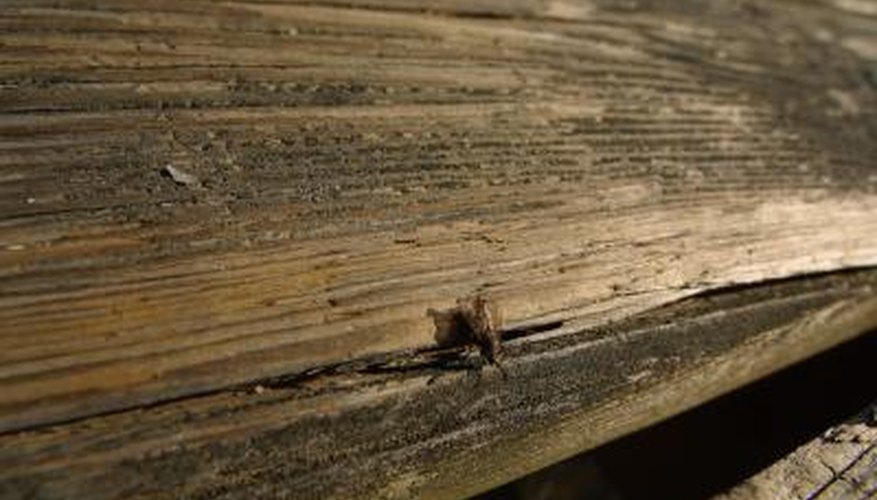The majority of fly sprays have some kind of chemical agent in them that kills pests on contact but can also be toxic to pets and children. Make a homemade fly spray that will kill flies without exposing your home and animals to toxic chemicals by taking advantage of natural fly killers and nontoxic alternatives to chemical fly sprays. You can also make pet-safe, homemade fly traps that will kill flies in your home.
Homemade Fly Traps
Homemade fly traps are fairly simple to make and can be very effective, especially in areas where there are a lot of flies. Hanging strips of homemade fly paper (soak strips of brown paper bag in a mixture of syrup and sugar to create sticky, fly attractant strips) will trap flies. Filling jugs or jars with a sugar-water mixture and leaving them where they can attract flies is another surprisingly effective method of trapping and killing flies without using chemicals. Punch holes in the lid of the jar or bottle so that flies can get in but will have a difficult time finding their way out.
- Homemade fly traps are fairly simple to make and can be very effective, especially in areas where there are a lot of flies.
- Filling jugs or jars with a sugar-water mixture and leaving them where they can attract flies is another surprisingly effective method of trapping and killing flies without using chemicals.
Homemade Fly Spray
Many recipes are available for homemade fly sprays. While the details of the recipes will vary, the basic ingredients tend to involve water, some form of citrus or citronella oil (natural, not petrol-based), Avon-Skin-So-Soft, vinegar and lemon. Mixing several of these ingredients together can create an effective mixture; experiment and combine recipes to find what works best for you. One commonly used and effective recipe that has been rumoured to have originated from the U.S. Forest Service combines 1 cup of water, 1 cup of Avon Skin So Soft, 2 cups of vinegar and a tablespoon of eucalyptus or citronella oil.
- Many recipes are available for homemade fly sprays.
- While the details of the recipes will vary, the basic ingredients tend to involve water, some form of citrus or citronella oil (natural, not petrol-based), Avon-Skin-So-Soft, vinegar and lemon.
Pet Safety
Many homemade fly spray recipes claim to be natural or safe. Any time you are evaluating a recipe for a fly spray or other homemade product in terms of pet safety, it is important to look at all the ingredients and evaluate the potential dangers. Avoid using recipes that suggest mixing in dish soap or other chemical-based products, as these can be irritants if animals consume items that have been sprayed or get the spray on their skin and fur. Cats are especially susceptible to problems with products that get on their fur and are then consumed. Make sure all the ingredients you use in fly sprays are nontoxic for animals; check any questionable recipes with your veterinarian.
- Many homemade fly spray recipes claim to be natural or safe.
- Avoid using recipes that suggest mixing in dish soap or other chemical-based products, as these can be irritants if animals consume items that have been sprayed or get the spray on their skin and fur.
Natural Fly Prevention
In addition to sprays and fly traps, there are some all-natural, pet-safe fly repellents you can use to minimise your fly problems. Venus fly traps are plants that trap and eat flies. Ggrow these plants in pots and position them in areas where you are more likely to have flies gather, such as on your porch. Mint is also a natural fly repellent; crush mint leaves and sprinkle them around doorways and windows where flies are entering your home.
- In addition to sprays and fly traps, there are some all-natural, pet-safe fly repellents you can use to minimise your fly problems.
- Mint is also a natural fly repellent; crush mint leaves and sprinkle them around doorways and windows where flies are entering your home.
